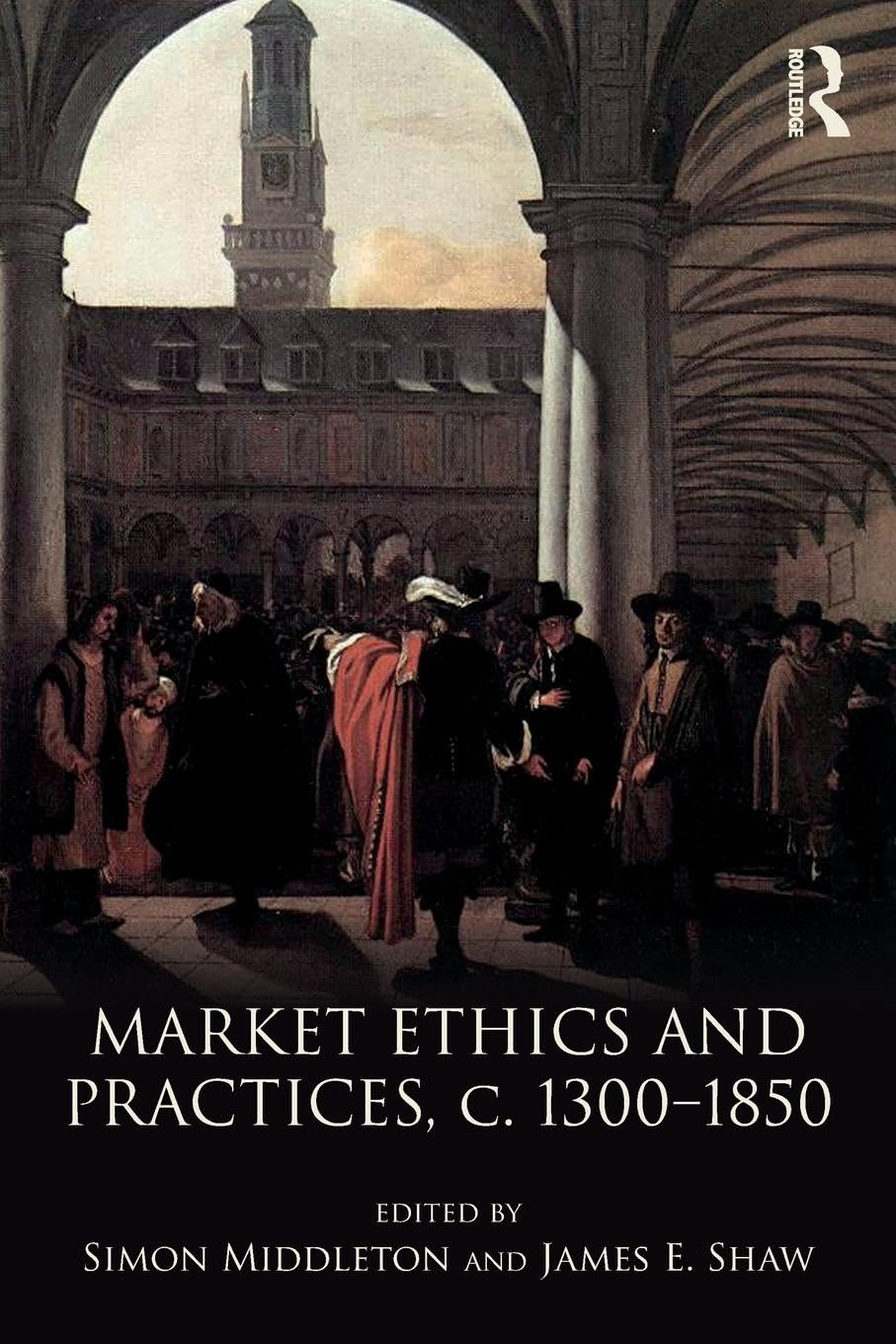Market Ethics and Practices, c.1300–1850
Market Ethics and Practices, c.1300–1850 is backordered and will ship as soon as it is back in stock.
Couldn't load pickup availability
Genuine Products Guarantee
Genuine Products Guarantee
We guarantee 100% genuine products, and if proven otherwise, we will compensate you with 10 times the product's cost.
Delivery and Shipping
Delivery and Shipping
Products are generally ready for dispatch within 1 day and typically reach you in 3 to 5 days.
Book Details
-
Publisher: Taylor & Francis Ltd
-
Author: Simon Middleton
-
Language: English
-
Edition: 1st Edition
-
ISBN: 9781138281578
-
Pages: 244
-
Cover: Paperback
-
Dimensions: 9.1 x 6.1 x 0.5 inches
About The Book
Market Ethics and Practices, c. 1300–1850 by Simon Middleton offers a detailed exploration of the evolution and operation of market ethics from the late medieval period through to the modern era. This book examines how market ethics shaped and was shaped by social practices, including rituals of exchange, unofficial expectations, laws, institutions, and formal regulations.
The book is divided into two parts. The first part explores the core principles and regulations of market ethics, investigating the relationship between professed norms and economic behavior in diverse geographical and chronological contexts. Topics covered include medieval European attitudes towards merchant activities, market regulations, the concept of the "common good," and Adam Smith's ideas on moral capitalism. The second part delves into microstudies that provide insights into real-world examples of market ethics, including household and market relations in colonial New England, informal Jewish merchant networks in the Caribbean, and the moral complexities of the slave trade in the early modern world.
Market Ethics and Practices is a key resource for students and postgraduates of late medieval and early modern economic history. By addressing both historical and contemporary debates, it offers valuable perspectives on the historical foundations of our collective economic future. This book is particularly useful for those interested in understanding the complexities of pre-modern economic historiography and its relevance to modern economic practices.





